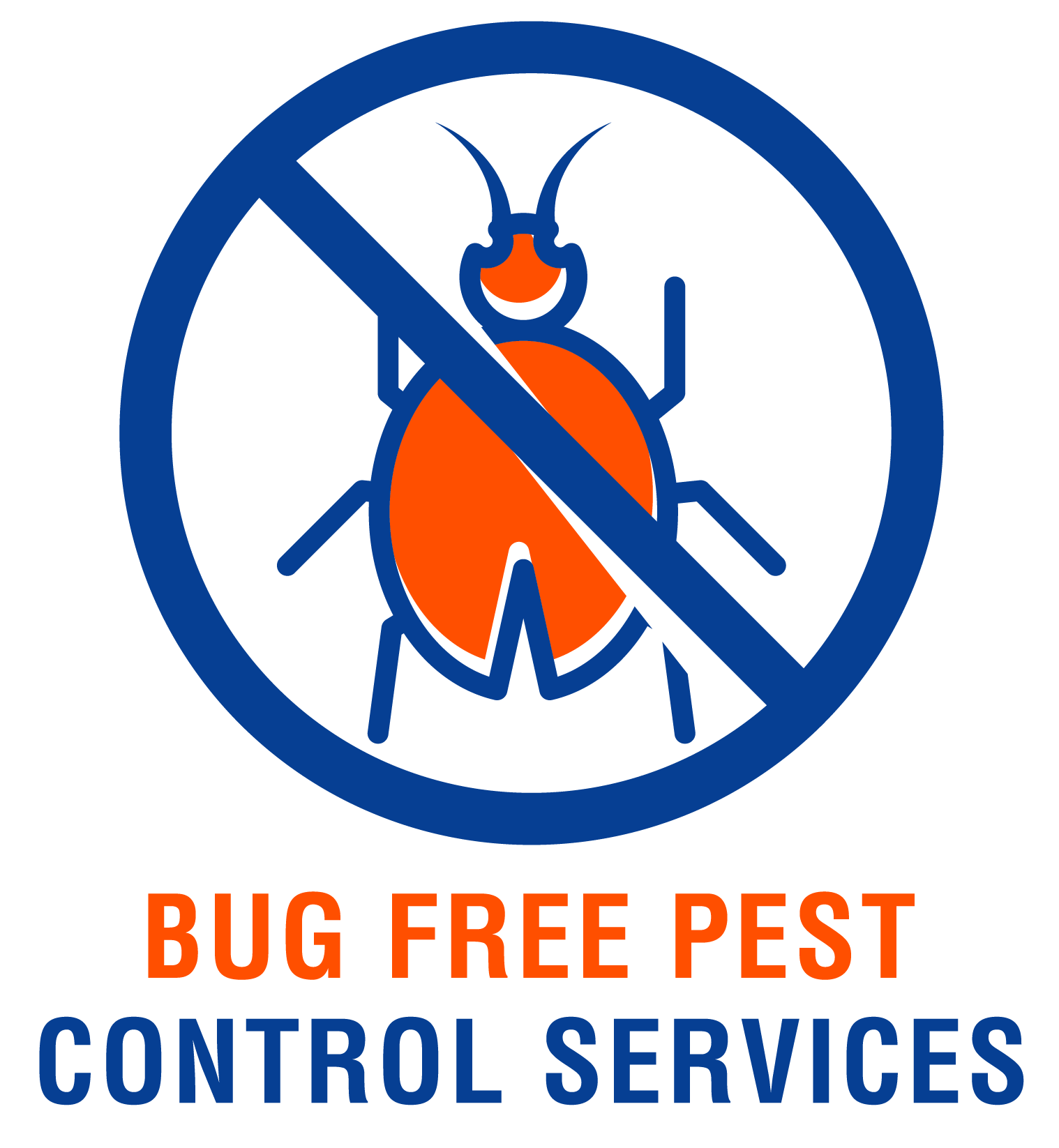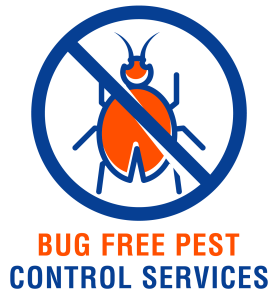Hey there! If your furry friend has picked up a tick, don’t panic – I’ve got you covered with some effective methods for removing those pesky parasites. From using tweezers to specialized tick removal tools, there are a few tried-and-true techniques that can help keep your pet tick-free and healthy. Let’s dive into some easy and safe ways to protect your four-legged pal from these unwanted visitors. Have you ever found a tick on your beloved pet and wondered how to safely remove it without causing harm? Ticks can transmit dangerous diseases to our furry friends, so it’s crucial to know the best methods for safely removing them. In this article, you will learn effective techniques for removing ticks from your pets to keep them happy and healthy.
Understanding Ticks and the Risks They Pose
Ticks are small parasitic insects that feed on the blood of mammals, including dogs and cats. These pests can carry and transmit various diseases, such as Lyme disease and Rocky Mountain spotted fever, which can be harmful or even fatal to your pets. It is essential to remove ticks promptly to reduce the risk of disease transmission and prevent any discomfort for your furry friends.
The Importance of Regularly Checking for Ticks
It is crucial to check your pets regularly for ticks, especially after spending time outdoors in grassy or wooded areas where ticks are commonly found. Be sure to pay attention to areas such as the ears, neck, and underbelly, as ticks tend to attach themselves to these warm and hidden spots. Regular tick checks will help you catch any ticks early on before they can transmit any diseases to your pets.
Safe and Effective Methods for Tick Removal
When you find a tick on your pet, it is essential to remove it safely and effectively to minimize the risk of disease transmission and avoid causing any harm to your furry companion. There are several methods for removing ticks, but some are safer and more effective than others. Let’s explore some of the best techniques for tick removal from pets.
Using Fine-Tipped Tweezers
One of the most recommended methods for removing ticks from pets is using fine-tipped tweezers. Here’s how you can safely remove a tick from your pet using tweezers:
- Grasp the tick as close to the skin’s surface as possible with the tweezers.
- Gently pull upward with steady and even pressure. Do not twist or jerk the tick, as this can cause the mouthparts to break off and remain embedded in your pet’s skin.
- After removing the tick, disinfect the bite area and wash your hands thoroughly.
Using fine-tipped tweezers gives you better control over the tick removal process and reduces the risk of leaving any parts of the tick behind in your pet’s skin.
Tick Removal Tools
Tick removal tools are specially designed instruments that make it easier to remove ticks from your pets without the risk of accidentally squeezing the tick’s body and releasing more pathogens into your pet’s bloodstream. These tools come in various shapes and sizes, but they all work by securely grasping the tick for safe removal.
When using a tick removal tool, follow the manufacturer’s instructions carefully to ensure proper use. These tools can be particularly helpful for pet owners who are uncomfortable using tweezers or handling ticks directly.
Tick Removal Sprays and Shampoos
Tick removal sprays and shampoos are available in the market to help repel and kill ticks on your pets. These products contain active ingredients that are effective in killing ticks and preventing infestations.
Before using any tick removal sprays or shampoos on your pets, consult with your veterinarian to ensure that the product is safe and appropriate for your pet’s age, size, and health condition. When using these products, follow the instructions carefully and avoid contact with your pet’s eyes and mouth.
Tick Collars
Tick collars are another option for preventing and removing ticks from your pets. These collars are designed to repel ticks and kill them upon contact with your pet’s skin. Although tick collars can be effective, some pets may have skin sensitivities or allergies to the collar’s ingredients.
Before using a tick collar, consult with your veterinarian to determine if it is safe for your pet. Monitor your pet for any signs of irritation or allergic reactions while using the collar and adjust or discontinue use if necessary.
After Tick Removal: Monitoring and Preventing Future Infestations
After removing a tick from your pet, it is essential to monitor the bite site for any signs of infection or inflammation. If you notice any redness, swelling, or discharge, contact your veterinarian for further evaluation and treatment.
Preventing Tick Infestations
Prevention is key to keeping your pets safe from ticks and the diseases they carry. Here are some tips for preventing tick infestations on your pets:
- Use tick prevention products recommended by your veterinarian.
- Keep your pet’s environment clean and free of tall grass and debris where ticks may hide.
- Check your pets regularly for ticks, especially after spending time outdoors.
- Consider professional tick control treatments for your home and yard.
By following these preventative measures, you can reduce the risk of tick infestations and keep your pets healthy and happy.
Monitoring for Signs of Tick-Borne Diseases
Even after successfully removing a tick from your pet, there is still a risk of disease transmission. It is essential to monitor your pets for any signs of tick-borne diseases, such as lethargy, fever, lameness, or loss of appetite. If you notice any unusual symptoms in your pet, contact your veterinarian promptly for evaluation and treatment.
It is crucial to be proactive in protecting your pets from ticks and the diseases they carry. By understanding the risks of tick infestations and knowing how to safely remove ticks from your pets, you can ensure their well-being and enjoy many happy and healthy years together.
Remember, prevention is always better than cure, so take the necessary steps to protect your pets from ticks and other parasites. Your furry friends deserve the best care and attention, so don’t hesitate to invest time and effort in keeping them safe and healthy. By following the effective methods for removing ticks from pets outlined in this article, you can safeguard your pets’ health and well-being for years to come.

